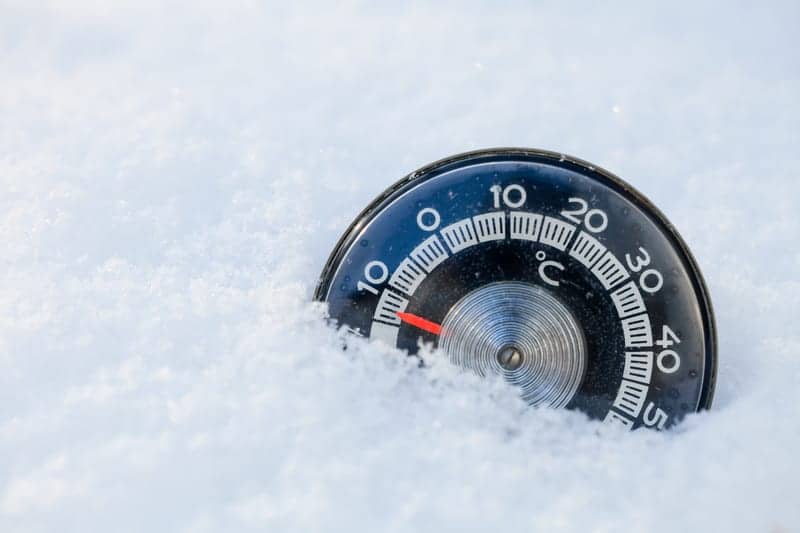A new study that examined the relationship between weather and influenza and pneumonia mortality revealed that respiratory infections are more severe during periods of cold or low humidity, even in a subtropical location with typically high humidity. To examine this relationship, the research team conducted a retrospective review of data from 1980 to 2009 in Auckland, New Zealand, which has a humid, subtropical location. The data was collected from the Ministry of Health and acquired from the National Institute of Water and Atmospheric Research archives that note morning, afternoon, and dew point temperatures.
The researchers specifically examined pneumonia and influenza mortality on unusually cold days in addition to days with low humidity. According to a Healio news report, pneumonia and influenza mortality was significantly elevated about 3 weeks after both cold and dry days, the results suggested, although the relationship was slightly stronger with temperature than with dew point temperature. The data specifically indicated that anomalously cold and dry days were linked to increased pneumonia and influenza mortality.
Additionally, the research team finds that indoor heating, without humidification, may lengthen survival times of respiratory viruses and weaken nasal defense mechanisms, and that this indoor heating is used most frequently during abnormally cool weather during the winter when respiratory infection is most common. The researchers write that people tend to gather in closer proximity during such cold periods, which increases the likelihood of airborne and contact transmission.
Robert E. Davis, PhD, and colleagues wrote, “Reasons for the seasonal pattern in influenza mortality remain unclear. Recent research suggests a connection to weather, particularly cold and/or dry (low humidity) air. Possible explanations for this relationship include factors related to virus characteristics, drying of nasal mucous membranes, enhanced airborne transmission, and human behavioral factors.”
“Given the ability to forecast cold and dry periods in advance, such information could potentially be used for ‘real time’ respiratory infection forecasting,” the researchers write. “This could help reduce the impact of pneumonia and influenza in a number of ways: Communication to vulnerable groups (particularly the elderly and those with established respiratory disease), deployment of preventive measures (eg, vaccine and antivirals), and planning for increased service demands in hospitals.”
Source: Healio










